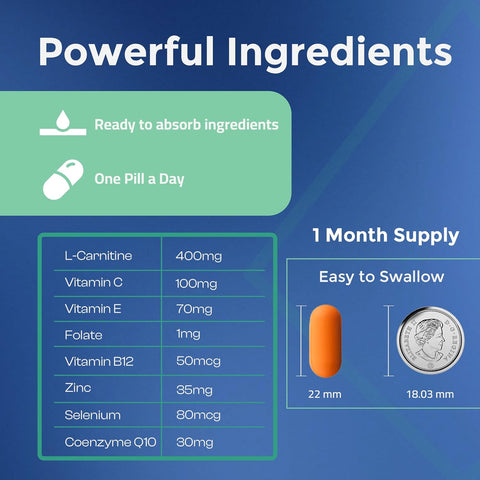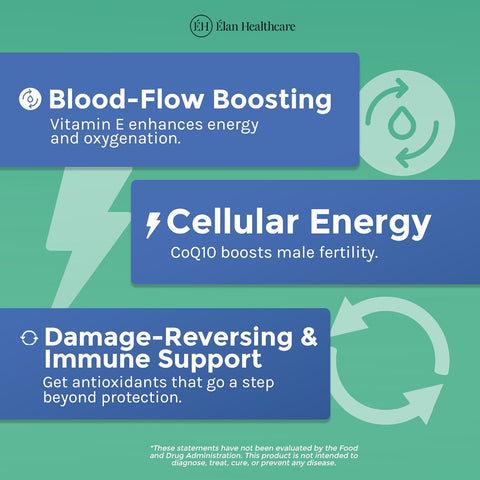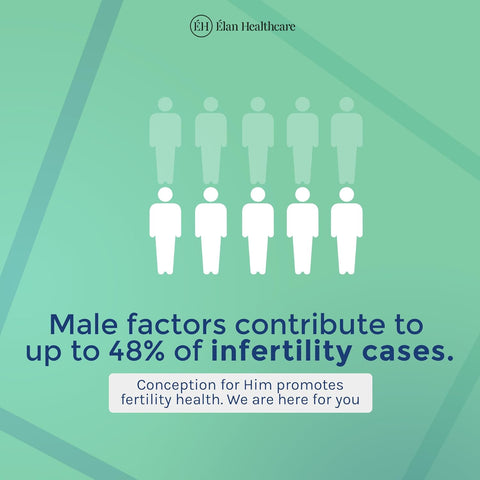Table of contents
Key Takeaways
November is Men’s Health Awareness Month, with International Men’s Day being November 19th. The main aim of Men’s Health Awareness Month is to shed light on major male health problems, with the prime focus being prostate cancer, testicular cancer, mental health issues, and suicide prevention. In this blog, we’ll be covering everything you need to know about Men’s Health Awareness Month.
How to observe Men’s Health Awareness Month?
- It’s common for men to partake in Movember, a challenge where men go through the entire month without shaving their mustache.
- Another common practice is Move-ember, where men take up a challenge to increase physical activity throughout November.
- Spend time with important men in your life and really try to get them to open up about your problems and listen to them.
- Convince men in your life to get a complete health checkup.
- Educate younger men on ways to lead a healthy life.
- Spend more time working on yourself, physically, and mentally.
What are the most common problems that males face?
- Prostate Cancer
Other than skin cancer, prostate cancer is the most common cancer among American men. In 2022, in the US alone, there were about 268,490 new cases of prostate cancer and 34,500 deaths.
In Canada, prostate cancer is the most common cancer among men. According to estimates, 1 man in 8 will develop prostate cancer in their life. 1 man in 29 will die from prostate cancer.
In Canada, the net survival rate for prostate cancer is 91%. The net-survival rate indicates that, on average, about 91% of men diagnosed with prostate cancer will live for at least 5 years.
Early diagnosis can be instrumental to having a higher chance of beating any cancer. Here are the key statistics for prostate cancer survival according to the stage of diagnosis:
- If the cancer's at a localized state, there’s a 100% chance of survival.
- If it’s at an advanced localized state, there’s a 91% chance of survival.
- If it’s at a metastatic state, there’s a 31% chance of survival.
Who is at a higher risk of developing prostate cancer?
- Men over 50 have a higher chance of developing prostate cancer, with the peak diagnosis age being 55. About 6 in 10 cases of prostate cancer are diagnosed in men older than 65.
- Men with a family history of prostate cancer
- Prostate cancer is about 60% more common in African-American men than Caucasians.
How often should you get your prostate checked?
This number differs based on other risk factors. Have a conversation with your healthcare provider to set up recurrent testing. Your doctor will most likely tell you to get an annual blood test called the PSA (Prostate-Specific Antigen) along with a prostate examination to identify prostate cancer in its earlier course.
- Testicular Cancer
In the US, an estimated 9,910 men were diagnosed with testicular cancer in 2022. About 1 out of every 250 men and boys will be diagnosed with the disease during their lifetime.
Testicular cancer is a lot more common among younger men between 15 and 49 years of age. The average age of diagnosis was 33.
In Canada, the net-survival rate was 97%. In the US, it was 95%. This means that 97% and 95% will survive at least 5 years after being diagnosed with testicular cancer.
- If the cancer is localized in the testicle, there’s a 99% of survival. 68% of cases are diagnosed at this stage.
- If cancer has spread to the lymph nodes in the back of the abdomen, there’s a 96% of survival.
- If cancer has spread to the lymph nodes farther from the testicles, there’s a 73% of survival.
Near the start of the decade, there was a steady increase in the number of testicular cancer diagnoses but the number has steadily declined since then.
Who is at a higher risk of developing testicular cancer?
- Men between the ages of 20 - 40.
- Men with cryptorchidism.
- Men with a family history of testicular cancer.
Testicular cancer may not be as common as prostate cancer, but it isn't wise to take this condition lightly. Perform regular self-examinations to ensure testicular health.
- Mental Health Issues:
Globally, 75% of people who die from suicide are men. In the US in 2019, men were 3.7 times more likely to die by suicide than women. Many men deal with mental health problems without seeking help, they usually cope through distractions.
What are the most common mental health issues faced by men?
- Depression. According to the CDC, 5.5% of young adult males suffer from depression.
- Anxiety disorders.
- Substance abuse.
- Post Traumatic Stress Disorder. 60% of men will face a traumatic event that can cause immense stress.
- Bipolar Disorder.
What are some symptoms of declining mental health in men?
The symptoms of mental issues can vary. In general, here are a couple of symptoms you should be wary of:
- Too much or too little sleep.
- Lack of interest in things you once loved.
- Anger, irritability, and mood changes.
- Heavy reliance on drugs and alcohol.
How to improve male mental health?
Talk to your doctor to figure out what mental issues are plaguing you, instead of browsing through unverified internet sources. If that feels too daunting, reach out to a loved one you trust.
Take care of yourself and listen to your mind when it tells you to stop and breathe. Indulge in self-care by spending time with your loved ones, going for walks, meditating, writing down your feelings, and practicing simple breathing exercises.
Conclusion
Take a moment to reflect on your health throughout this Men's Health Awareness Month. If something's been nagging you, mentally or physically, reach out to a healthcare professional to get an accurate diagnosis.
The possibility of a prolonged illness is terrifying but remember: an early diagnosis will most likely give you a much higher probability of survival.






















No comments yet.
There are no comments for this article. Be the first one to leave a message!
+ Open to leave a Comment